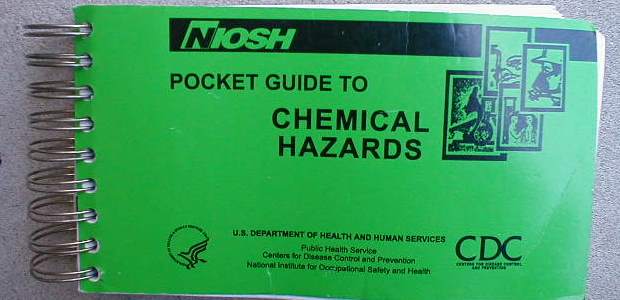
OR-OSHA's Chief Outlines PEL Update Plans
Administrator Michael Wood explained in Oregon OSHA's latest newsletter that the agency will encourage employers to consider more-protective limits and also will "tackle four to six of the most significant and outdated PELs on a state level."
Michael Wood, Oregon OSHA's administrator for the past 10 years, explained in a column he wrote for the December 2015/January 2016 issue of the agency's Health and Safety Resource newsletter how the agency will deal with outdated permissible exposure limits (PELs) during 2016. "Oregon OSHA," he explained, "will be tackling that problem using two distinct, but interrelated, approaches.
"First, we will be identifying ways that we can better encourage employers to consider more up-to-date and protective reference levels – using our consultation and educational resources, but also reinforcing the important role of education even as part of our enforcement visits. It is clear that federal OSHA will never be able to keep the regulatory levels sufficiently up to date, at least until a completely new approach is developed and adopted. But that does not mean that Oregon workers need to go unprotected. The levels published by the National Institute for Occupational Safety and Health and the American Conference of Governmental Industrial Hygienists are based on much more current exposure and health information, and even where they cannot be used for enforcement purposes, employers can be encouraged to consider them seriously as they make decisions about the protective measures they can put in place."
He wrote that the second approach will be "to tackle four to six of the most significant and outdated PELs on a state level." Oregon OSHA will convene a group of experts, including toxicologists and industrial hygienists, to offer advice on which chemicals represent the most significant unregulated or
under-regulated risks and to identify existing state-initiated PELs that are unnecessarily restrictive, if any, Wood explained. "It won't be easy, but the work is important," he added.
He said Oregon OSHA also is working to complete its rulemaking that addresses employer knowledge and the role of reasonable diligence in determining whether an employer has "constructive knowledge" of a violation and will finalize rules to resolve federal OSHA's concerns over Oregon OSHA's construction
fall protection standards, with hearings taking place early in 2016.